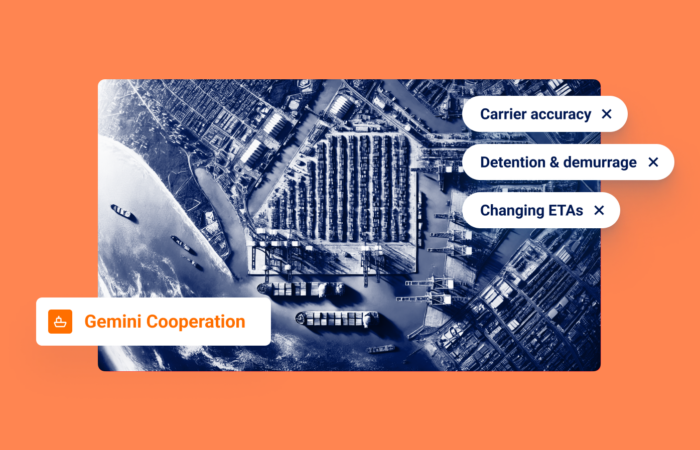Port Congestion…You’re Probably Measuring It Incorrectly

What’s inside?
Things are not always as they appear when it comes to analyzing and discussing port congestion…
The West Coast of the U.S. has been the focus of congestion discussions in past months, with a large number of container vessels stuck outside ports, waiting to berth. More recently, some articles are claiming that there are decreased congestion levels, due to fewer vessels in that vicinity. It is true that fewer vessels are queuing, but this is NOT the optimal way to measure port congestion, because it only offers a partial view. Windward’s Port Insights infographic
Many vessels choose to slow steam towards a port that is known to be congested, rather than rushing to it, with or without a berthing slot, just to stay put for days. By sailing at a reduced speed of 12-19 knots, instead of the usual 20-24 knots, they reduce fuel costs and carbon emissions, without affecting the actual berthing time.
So, what is the right way to measure port congestion? Windward’s Port Insights infographic offers a wide range of insights involving ports around the world that illuminate this issue.
Transit Is It
The answer is transit times, as mentioned in previous Windward posts. Looking at transit times to a port over time, based on geofenced locations of container vessels, offers a much more accurate view of congestion levels. The reason is simple – if the time it takes vessels to get inside port A’s berthing area after leaving port B’s berthing area is twice as long as it was last month, it’s not because port B has magically moved farther away from port A. It’s because vessels are currently waiting longer for berthing slots, whether they are queuing outside that port, or choosing to wait elsewhere.
Returning to the U.S. West Coast: the number of vessels waiting outside the ports of Los Angeles (LA) and Long Beach (LB) are likely declining considerably, as some articles have suggested, but the full story is more complex. Transit time analysis confirms that waiting time is improving at these ports, as the congestion inflation that started in July 2021 in LA, and September 2021 in LB, has been declining. In fact, average transit times to Long Beach shrunk by 37% month-on-month in August, and by 11% to Los Angeles. But they are still extremely inflated compared to 24 months ago. Last month, transit times to LA were just above 300% what they were in September 2020, and LB transit times were 220% higher than Sept. 2020.
But how can fewer vessels be waiting outside these ports at a time when congestion is at its highest there? As described above, many vessel operators have likely adapted their voyage plans to what has been the norm in the past 12+ months, and are adding a large enough buffer to not wait for days in these ports’ waiting areas.
By comparison, congestion in Hamburg, Germany, has only recently started to inflate considerably. Following a 59% increase in transit times to the port in April 2022, the situation has not improved since, peaking last month at about 175% of what these voyage durations were two years ago. Because congestion is relatively new there, many vessel operators have likely not yet adapted and the number of vessels waiting outside the port, and dwell times, have increased.
Additional Factors
What do the Long Beach, Los Angeles, and Hamburg ports have in common? They all improved their efficiency in August compared to July, lowering their average port call duration times per 1,000 TEUs by 13%, 15%, and 17%, respectively. This has positively influenced congestion at these ports, enabling them to handle more TEUs and more vessels per day.
Interestingly, congestion has not been equally felt in all corners of the world. Looking at the data from Windward’s latest Port Insights infographic, it is clear that Asian ports have not been significantly affected by the situation in other parts of the world. Congestion inflation graphs of seven of Asia’s eight leading ports have remained virtually flat throughout the past 24 months. One exception is Nhava Sheva in India, which is twice as congested today than it was in September 2020. Recent road traffic restrictions for heavy vehicles at the port’s yard is the probable cause for delayed movements in and out of the port.
Windward will continue to track port developments and to share our insights on ocean freight visibility. Interested in learning more?












